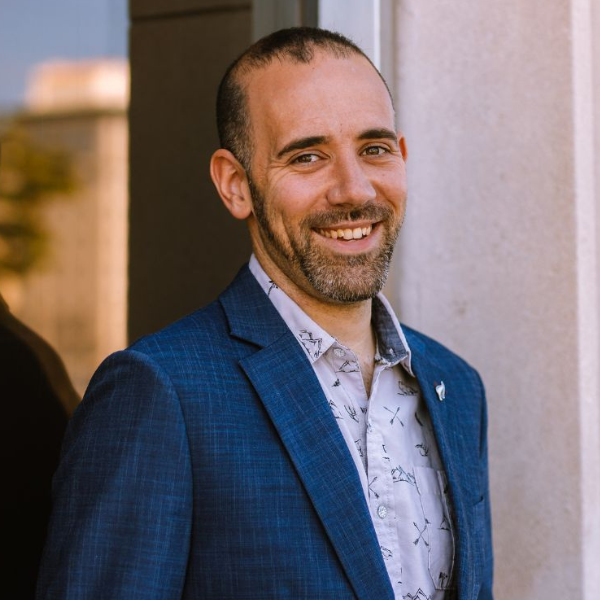What are the Impacts of Structural Racism on Housing, Aging, and Health?
October 21, 2024
 Researchers from Michigan State University and Rutgers University will lead the first nationally funded study to explore how neighborhood change created by racism in housing affects health across the life course, specifically related to aging. Researchers are starting to understand the links between historical redlining and contemporary health inequities. This work expands on that idea, studying a whole host of factors 'beyond redlining' that have influenced decline and disinvestment in cities.
Researchers from Michigan State University and Rutgers University will lead the first nationally funded study to explore how neighborhood change created by racism in housing affects health across the life course, specifically related to aging. Researchers are starting to understand the links between historical redlining and contemporary health inequities. This work expands on that idea, studying a whole host of factors 'beyond redlining' that have influenced decline and disinvestment in cities.
Funded by what is expected to be a $3.7 million grant from the National Institutes of Health - National Institute on Aging, Dick Sadler, associate professor at Michigan State University College of Human Medicine, and Danielle Beatty Moody, associate professor at the Rutgers University School of Social Work, will examine how racist and discriminatory policies leading to neighborhood disparities over the past 100 years have impacted health inequities in an existing longitudinal cohort of 800 Black and white Baltimore-based adults.
Evidence shows that Black people endure earlier onsets and greater rates of aging-related cognitive and physical function decline and frailty when compared to other racial and ethnic groups in the U.S. Elements of structural racism—the systems and processes that create and maintain race-based inequities—are the fundamental drivers of disparate health and accelerated aging for Black people. Such forces also impact other racial and ethnic groups now living in these disinvested environments. Understanding how that happens is critical to the development of strategies to disrupt racial inequities in communities, in particular where Black Americans live and age.
To date, most research examining structural racism in the neighborhood environment has rested upon an almost singular focus on either residential segregation or historic redlining. Sadler and Beatty Moody will examine how lifelong exposure to racism affects cognitive aging, physical function decline, and frailty by:
-
Exploring differences based on social and demographic factors, including whether non-Black residents in these communities are affected differently.
-
Examining the role of personal experiences with discrimination.
-
Identifying biological and social factors that influence risk and resilience.
Drawing on prior work, Sadler and Beatty Moody argue that structural racism in the neighborhood environment has unfairly and systemically shaped the communities where Black people reside, learn, work, shop, and recreate—and these negative externalities wind up harming everyone in their wake.
When asked about the significance of this project, Sadler and Beatty Moody shared, “Our work seeks to call out and disentangle the vast array of tools used to entrench structural racism in the neighborhood environment, past, present, and future. One drum we have been beating is that ‘it’s not just redlining, and it’s not just segregation.’
"The patterns of racist, discriminatory practices in the landscape go far deeper and are more insidious than these singular practices. We need to comprehensively document what the full constellation of tools, tactics, and strategies look like in our urban landscapes to contextualize better why racial inequities emerge and persist across numerous health endpoints, for which all Americans ultimately suffer but for which Black Americans consistently take the largest hits."
The long-term goal of the study is to develop effective strategies to address racial inequities in accelerated aging, particularly in communities where Black Americans live and age in place. The study will support ongoing advocacy and policy efforts aimed at transformative health equity changes in the neighborhood environment, with a particular focus on housing. Once available, findings will be freely accessible and shared with participants and key local stakeholders.
This story was originally published by the Charles Stewart Mott Department of Public Health.

